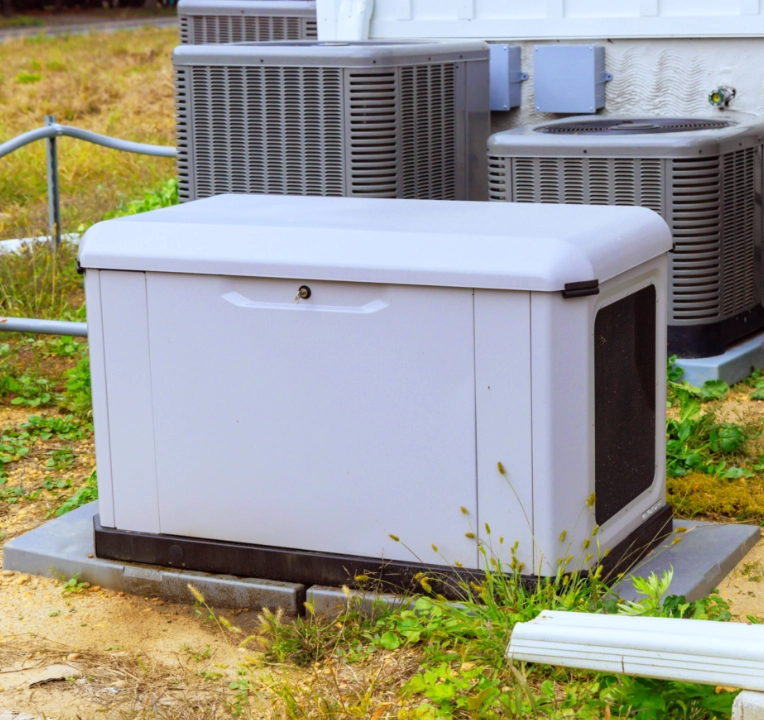In the face of unpredictable weather, maintaining continuous operation of your furnace during power outages is paramount. This essential need underscores the importance of installing a generator-to-furnace transfer switch, a component that not only enhances safety but also ensures compliance with local and national electrical codes.
How a Transfer Switch Works
A generator-to-furnace transfer switch acts as a critical intermediary between your generator and furnace. This switch automatically activates during a power outage, enabling your generator to power the furnace safely and seamlessly.
It's instrumental in preventing backfeeding, a hazardous condition where electricity flows outward from your home into utility lines, which could cause severe injuries to utility workers or even trigger electrical fires. Adhering to the National Electrical Code, transfer switches must be installed by a licensed professional to ensure they meet the highest safety standards.
How To Calculate the Voltage and Watts Needed To Run Your Furnace
To choose the right transfer switch, you need to understand your furnace's power requirements. Most residential furnaces require a 240-volt connection, with power consumption varying between 5,000 and 8,000 watts, depending on the furnace's size and model.
Consider both the running wattage and peak wattage to avoid overloading your system — these numbers are usually printed on your furnace's nameplate label. If you're unsure, consult with a professional to determine its precise power needs and select a transfer switch that can comfortably handle your furnace's load.
Important Features of a Transfer Switch
When selecting a transfer switch, several features are crucial:
- Amperage Rating: Match the switch's amperage rating to your furnace's load.
- Switch Weatherproofing: A weatherproof switch can endure external conditions.
- Ease of Use and Installation: Opt for a switch that is user-friendly, though professional installation is advised.
- Switch Certification: Look for UL 1008 certification for safety assurance.
- Warranty and Support: Choose switches with robust warranties and reliable customer support.
Moreover, automatic transfer switches are beneficial as they can manage power loads by prioritizing certain appliances over others, adding an extra layer of efficiency and safety.
The broader role of a generator-to-furnace transfer switch is as a standby source in the event of a power failure.
That system acts as a critical single-circuit safeguard, keeping your furnace operational even when the primary power source fails. The versatility of these switches extends to accommodating various types of generators, including those powered by different fuel cells.
Whether you opt for gasoline, diesel, or propane generators, the transfer switch seamlessly manages the power flow, sending an uninterrupted supply of electricity to your furnace. That adaptability makes the transfer switch an indispensable component in your home or business’s energy infrastructure, providing peace of mind and reliability regardless of external power conditions.
Secure Your Comfort With Expert Guidance
Don't let the complexity of choosing and installing the right transfer switch deter you. The experienced professionals at Clements Plumbing Heating & Air are here to guide you through every step of the process. We offer personalized consultations to help you make informed decisions that cater to your specific needs. Contact us today to ensure that your home or business remains warm and functional.
